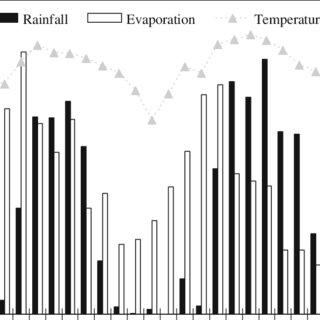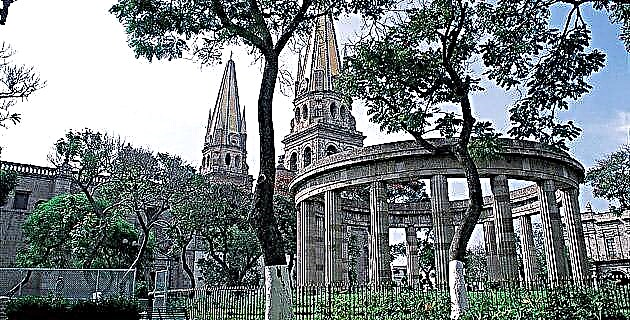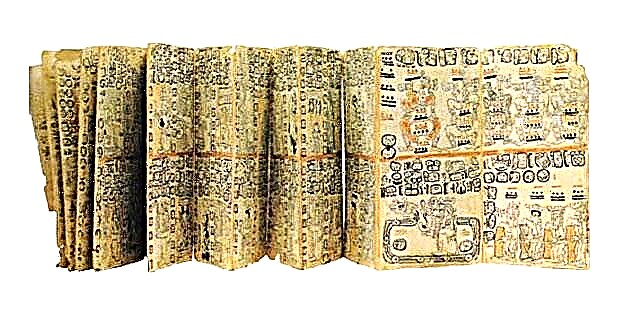
Made on amate paper or on the treated skins of animals such as deer, the Mayans designed separate codices in which they recorded their concepts of history, the gods and the cosmos.
Chilam Balam, the Jaguar-Fortune Teller, born in the town of Chumayel, who had learned the writing of the Spanish conquerors very well, decided one day to transfer to this new written form what he considered worthy of preserving from that great legacy of his ancestors contained in the codices.
So we read in his book called The Chilam Balam from Chumayel: “This is the memory of the things that happened and what they did. Everything is over. They speak in their own words and so perhaps not everything is understood in its meaning; but, rightly, as it all happened, so it is written. Everything will be very well explained again. And maybe it won't be bad. Everything that is written is not bad. There is not much written on account of their betrayals and their alliances. Thus the people of the divine Itzáes, thus those of the great Itzamal, those of the great Aké, those of the great Uxmal, thus those of the great Ichcaansihó. So the so-called Couohs too… Truly many were his 'True Men'. Not to sell betrayals they liked to unite with each other; but not everything that is inside this is in view, nor how much has to be explained. Those who know come from the great lineage of us, the Mayan men. Those will know the meaning of what is here when they read it. And then they will see it and then they will explain it and then the dark signs of the Katún will be clear. Because they are the priests. The priests are over, but their name is not over, old like them ”.
And many other leading men, in various towns throughout the Mayan area, did the same as Chilam Balam, providing us with a rich historical heritage that allows us to know those great ancestors of ours.
How to remember the sacred facts of the origins? How can the memory of the prodigious ancestors survive so that their actions continue to be an example and the way forward for the descendants of the lineage? How to leave testimony of the experiences with plants and animals, of the observation of the stars, of extraordinary celestial events, such as eclipses and comets?
These efforts, supported by their exceptional intelligence, led the Maya, many centuries before the arrival of the Spanish, to develop the most advanced writing system on the American continent, with which even abstract concepts could be expressed. It was a phonetic and ideographic writing at the same time, that is to say that each sign or glyph could represent an object or an idea, or indicate phonetically, by its sound, a syllable within the word. The glyphs with syllabic value were used in different contexts to express a great variety of concepts. A main glyph, with prefixes and suffixes, formed a word; this was integrated into a major clause (subject-verb-object). Today we know that the content of the Mayan inscriptions is calendrical, astronomical, religious and historical, but the writing continues in the process of deciphering in various countries of the world, in search of a key to be able to read it properly.
In the Mayan cities, especially in those of the central area in the Classic period, we find the antecedents of the Book of Chilam Balam de Chumayel: extraordinary history books written in stone, modeled on stucco, painted on the walls; history books that do not relate all the events of a community, but the events of the ruling lineages. The birth, access to power, marriages, wars and the death of sovereigns were bequeathed to posterity, making us aware of the importance that human acts had for future generations, which in turn reveals the presence of a deep historical awareness among the Maya. Human representations, accompanied by texts about the exploits of the ruling lineages, were exhibited in public places in cities, such as squares, to show the community the exemplary character of the great lords.

In addition, the Spanish conquerors reported in various texts the existence of numerous historical codices, books painted on long strips of amate paper folded in the shape of a screen, which were destroyed by the friars in their eagerness to annihilate what they called "idolatry", that is, the religion of the Mayan groups. Only three of these codices are preserved, which were brought to Europe during colonial times and are named after the cities where they are found today: the Dresden, the Paris and the Madrid.











